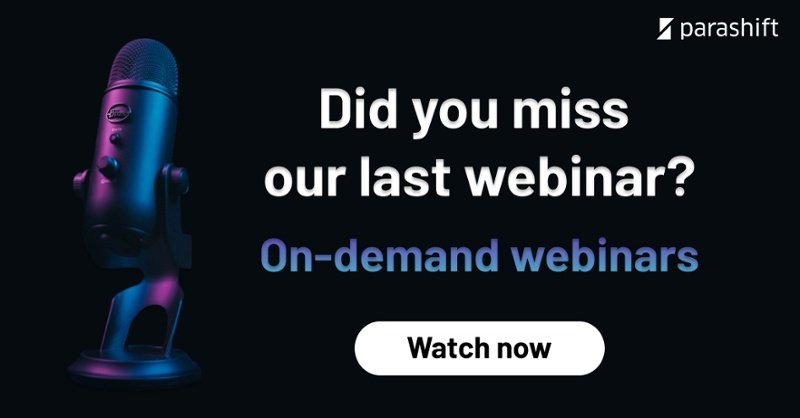Convincing your CFO of your automation initiative can be a difficult task. Especially if there is already a strong focus on cost optimization in general. In this multi-part series, we specifically address how you can convince your CFO of your automation initiative despite all the hurdles.

In the first part, we look at why you get into the head of your CFO and which points you need to prepare particularly well in order to be able to design your automation initiative story convincingly before you even seek the first conversation with your CFO.
As the initiator, you may take it for granted that the most comprehensive and complete automation possible will become an essential driver of productivity in companies in the future, but your CFO is also grappling with quite different problems. It is therefore essential for you to prepare your initiative confidently, because your goal is to ask for a budget that may not yet exist.
You achieve this sovereignty by putting yourself in the position of your CFO as accurately as possible. You need to adopt his perspective and way of thinking and ask yourself: what is the CFO’s approach to projects, where does he or she come from, where does he or she want to go, what are his or her decisions based on? Each CFO has a different background, which in turn will be reflected in his or her tendencies in the overall decision-making process. If your CFO comes from an operational background, then it is highly probable that his or her way of thinking will also be very operationally oriented. For example, he or she will want to know exactly what increase in efficiency can be achieved with automation and to what extent this is supported or can be implemented given the cultural and organizational conditions. If, on the other hand, your CFO has an accounting background, then the perspective will probably be more focused on possible risks that automation can bring with it. For a CFO with an analytical background, the mindset will be complex, perspective diverse and data-oriented. The better you know your CFO and his or her tendencies in decision-making on new projects, the more precisely you will be able to prepare yourself and the more likely you will be convincing with your automation initiative. What all CFOs, regardless of background, have in common is that they all strive for cost optimization and revenue growth, coupled with the lowest possible risk to the company.
Of course, the size of the company is decisive, but the CFO is rarely the sole decision-maker when it comes to large-scale projects such as automation. In addition, there are other business units, such as IT, which are also involved in the decision-making process. Good arguments for changes to the existing business model are crucial, so you need to have accurate answers to the following questions, always keeping in mind the main concerns of your CFO, namely revenue growth, cost optimization, qualitative improvements and risk mitigation:
- Why automation at all?
The first and most important point in preparing your initiative is why automation should be considered at all. The best way to do this is to make a direct comparison between the status quo and what can be achieved with comprehensive automation. Do you have empirical data to make assumptions and statements robust, very good! This way you create awareness and arouse interest in the topic.
- Why automate at exactly the present time?
Due to COVID-19 and its consequences, automation seems to have only gained importance for companies. Here you may calmly argue with a certain urgency to convince not only the CFO but also other areas of the management of your initiative and to open the gates for budgeting.
- Why your automation in particular?
In all probability, your CFO has not been waiting for you and your automation initiative, or other projects may have come into consideration at the same time. It is therefore important how comprehensive and sophisticated your automation is, which cross-departmental and complex processes it can include and how you can present this in terms of revenue growth, cost optimization, process quality improvements and risk reduction.
In the second part, we look at the execution of your automation initiative and how value creation and revenue optimization can be achieved in the medium and long term.
